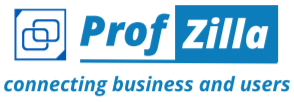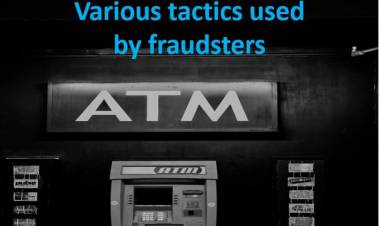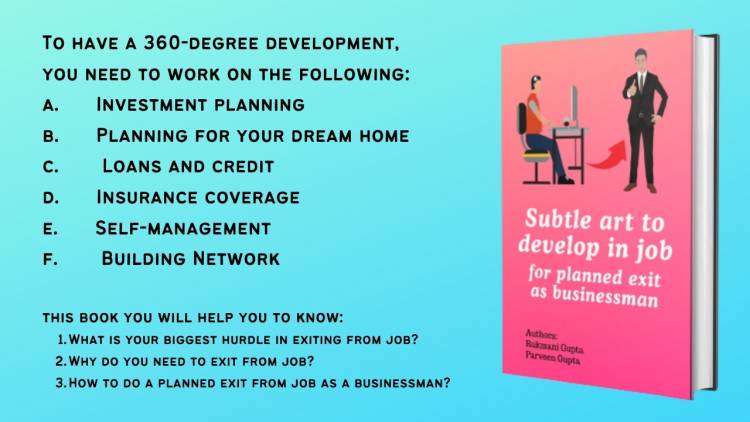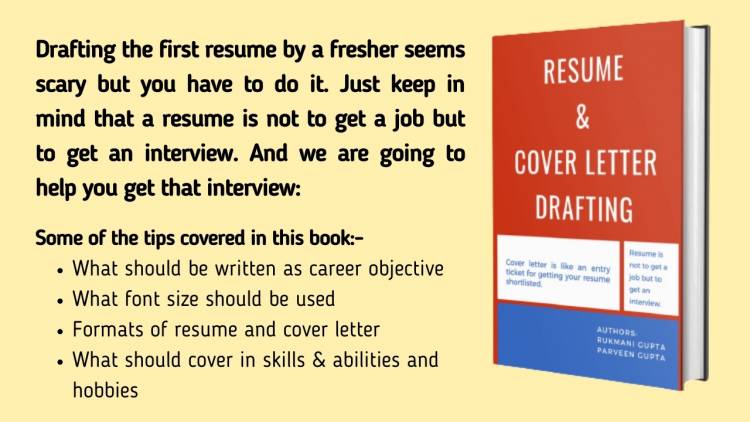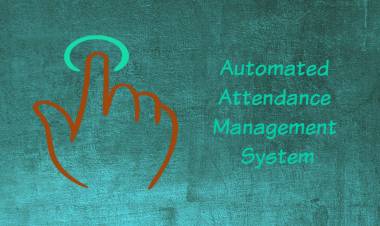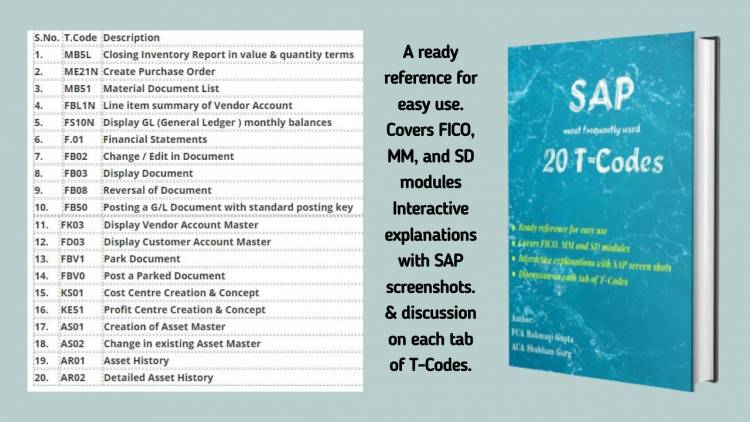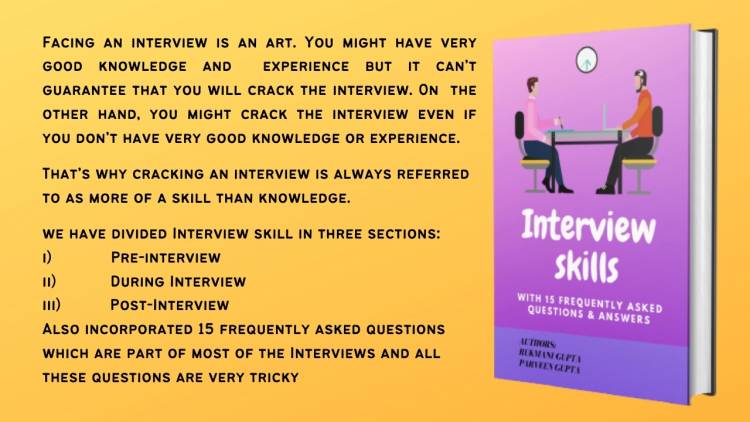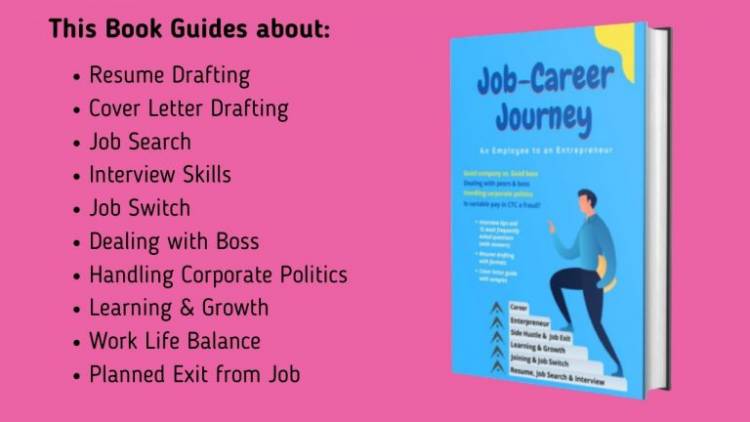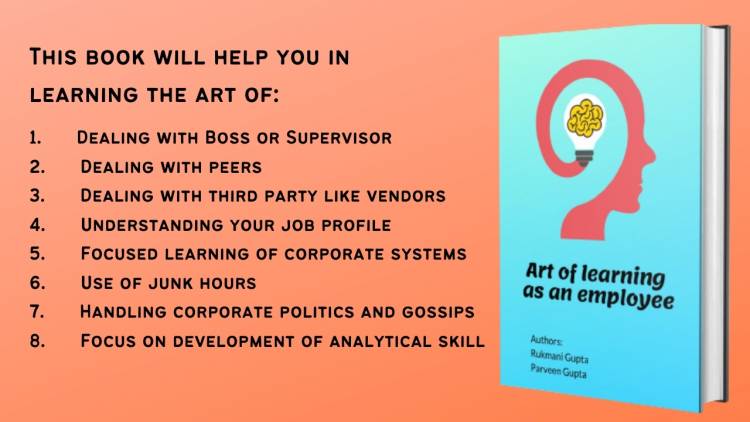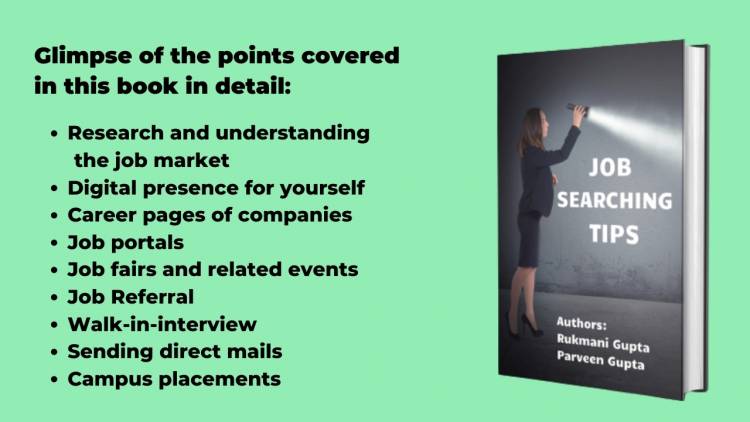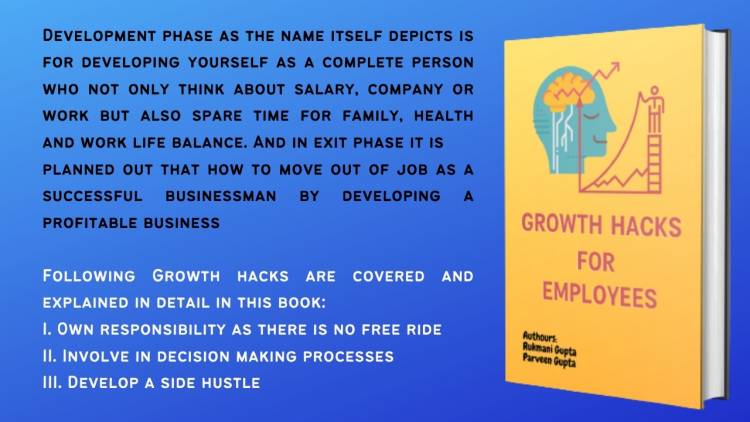What Went Wrong with PMC Bank?
What Went Wrong with PMC Bank?
Recently we have heard news about PMC Bank account holders are protesting against government or people losing their life due to non-withdrawal of money during emergencies or some getting heart attack after PMC Bank Scam and so on…. So, what exactly has gone wrong with this bank and what the scam is all out?
Let’s start the study about PMC Bank from scratch!!
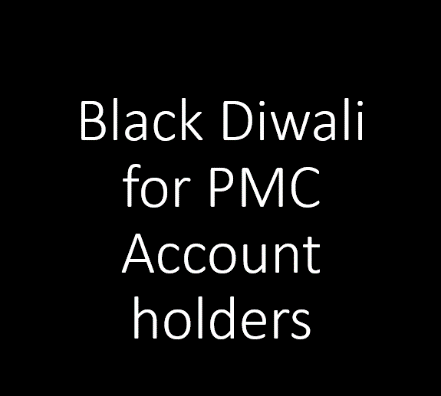 Founded in February 13, 1984, Punjab & Maharashtra Co-operative Bank (PMC) is a multi -state scheduled urban co-operative bank. It started operating from Sion (Mumbai) in a very small room as a single branch bank. In the span of 35 years, the bank has expended its wings across six states (Maharashtra, Delhi, Karnataka, Gujarat, Andhra Pradesh and Madhya Pradesh) holding around 137 branches. Over the span of three decades the bank has shifted to the list of top 10 co-operative banks. In 2018, bank was awarded with “Best Bank Award for the year 2018” into the category of ₹ 2000 crore and above deposit and as of March 2019 bank had deposit of ₹ 11,617 crore in deposits and had total income of ₹1297 Crore yielding profit of ₹99.69 crore.
Founded in February 13, 1984, Punjab & Maharashtra Co-operative Bank (PMC) is a multi -state scheduled urban co-operative bank. It started operating from Sion (Mumbai) in a very small room as a single branch bank. In the span of 35 years, the bank has expended its wings across six states (Maharashtra, Delhi, Karnataka, Gujarat, Andhra Pradesh and Madhya Pradesh) holding around 137 branches. Over the span of three decades the bank has shifted to the list of top 10 co-operative banks. In 2018, bank was awarded with “Best Bank Award for the year 2018” into the category of ₹ 2000 crore and above deposit and as of March 2019 bank had deposit of ₹ 11,617 crore in deposits and had total income of ₹1297 Crore yielding profit of ₹99.69 crore.
Now the question arises that what do you mean by co-operative bank and how different it is from commercial bank?
Cooperative bank operates under Cooperative Societies Act,1965 and it is set up to provide finance to agriculturist, rural industries, trade and other industries of urban areas. These banks majorly focus on providing services and not on profits and pays slightly higher interest on deposits than commercial banks. Their role is it accept deposits and grant loan to farmers and small businessmen. It is governed under banking and cooperative legislation and “regulated by National Bank for Agriculture and Rural Development (NABARD) and Reserve Bank of India (RBI).”
What Happened in PMC Bank?
Punjab & Maharashtra Co-operative bank has been observed breaking the rules and regulations of RBI and getting into fraudulent activities and the public & depositors were unaware about the unethical activities of bank. Which means that bank was window dressing its financial statements, the actual picture of the bank was different than the picture showed in financial statements. Bank projected a different picture in front of RBI and others and it showcased that PMC bank is very strong, trusted and growing bank. Thus, attracted many customers and became a very successful cooperative bank.
This is how the Scam Started!!
Waryam Singh, a former chairman of PMC Bank and board member of Housing Development and Infrastructure Limited (HDIL) is a bridge between these two companies. HDIL is a real estate company which is into bankruptcy right now. Keeping a blind eye on the norms laid by RBI, Waryam Singh, due to good relation with HDIL issued and approved loans from PMC Bank to HDIL. PMC bank had issued around ₹ 2500 crore To HDIL and according to RBI norms a cooperative bank cannot lend more than 15% of its total capital to a company and if it is a group company then it can lend only 40% of its total capital. Total Capital of PMC Bank was ₹1,055 Crore, whereas bank had lent ₹2,500 crore which is around 2.37 times of its total capital fund. HDIL defaulted over ₹4,355 crore (₹2,500 crore principal amount and remaining is interest unpaid)
RBI was not informed about this loan; PMC bank not only broke the norms of RBI but also got into many more unethical activities. As HDIL started defaulting on the loan, PMC Bank did not declare it as Non- Performing Asset (NPA) and showed good picture of the same in their financial statements. By looking at strong condition of PMC, deposits with PMC increased gradually but a very evil show was going on internally. In F.Y 2019, Bank disclosed NPA of Just 2.19% but if this loan default was included the NPA would have shoot up in a rocket speed and this was kept hidden from everyone since last 7 years. PMC stated that they have mostly given retail loans but in reality, bank has given many corporate loans which has defaulted badly. Major role of the scam was played by 21,049 dummy accounts to replace 44 borrowers, which was created by bank management to facilitate dubious transactions.
The Economic Offence Wing (EOW) of Mumbai arrested HDIL promoters Rakesh Wadhawan and his son Sarang Wadhawan on October 3, 2019 in connection with PMC Bank Scam. Wadhwan’s were well known for their jets, mansions and superyachts. On the very next day, Joy Thomas- former managing director of PMC Bank was arrested by EOW in connection with ₹6,500 crore [from the initial estimate of ₹4,355 crore] scam at the bank. The Enforcement Directorate (ED) conducted raids at six locations around Mumbai after taking cognisance of FIR registered by EOW.
Assets Seized by Enforcement Directorate!!
The Enforcement Directorate conducted raids after taking cognisance of the FIR registered by EOW. The seized ₹3,830 crore movable and immovable assets owned by HDIL, this included land plots in Mumbai, Hyderabad and Noida, Luxury Cars which included Rolls Royce and Bentley, aircrafts and yatch, bank fixed deposits and jewellery.
Accounts of Joy Thomas has been seized and confiscated one of the demat account having investment of around ₹100 crore.
“Actions taken by RBI”
The Reserve Bank of India (RBI) has ordered PMC bank to not operate for six months it means they cannot accept deposit and advances or lend loans to anyone and capped depositor withdrawals at ₹1,000 initially increasing it to ₹40,000 now, it has put lives of lakhs of depositors which included self-employed people, traders, daily- wage earners, retirees into trouble.
RBI had appointed Jai Bhagwan Bhoria as administrator for PMC bank and has supersedes the lender board from its functions and suspended managing director, Joy Thomas from PMC bank with immediate effects.
Who Suffered the Major Hit?
This festive season has turned out to be evil for the account holders. Along with slowdown in economy, PMC bank scam has been a big blow for them to survive. Account holders has protested against PMC bank and has requested government to revive the bank again. Depositors had around 11,000 crore rupees as deposits in their account. They have named this Diwali as “Black Diwali”
Many had protested in Azad Maidan and at Nariman point and the slogans read like” Black Diwali, save us” and “Innocents are losing life” After PMC bank scam, 6 deaths have been reported, few died due to heart attack and few died in hospital due to cap on withdrawal of money and one girl had committed suicide after the scam. The hard-earned money of common man is at stake and the support of government is not as expected. 16 lakh families looked towards government to pull them out of this problem and few people even went for hunger strike forcing government to bend down their knees but Nirmala Sitharaman said” Finance Ministry has nothing to do with PMC bank matter directly because RBI is the regulator” and she has assured that she would speak regarding to this matter with RBI Governor Shaktikanta Das and would ask them to keep depositors on top priority.
RBI has assured depositors that their money is safe and RBI will come out with some solution to resolve the issues of depositors.
Protestors even raised questions on RBI stating that the officials of RBI should be punished as they were regularly auditing the bank and the scam has been taking place since more than 10 months.
So, the question arises that who are the sufferers?
Is the government, RBI officials, Joy Thomas, Wadhwans or Waryam Singh suffering majorily from the scam? The answer is “NO” because commoners are always the scape goat in the scam, promoters, bank officials and every key player related to the scam fill their pockets and build mansions with the hard-earned tax paid money of common middle- or lower-class people. Always the major sufferers are the account holders in case of banks. Daily one after one scam in banks threaten people if their money is in safe hands or not. RBI is always known as “lenders of last resort” and depositors are looking towards RBI as saviour, hoping that RBI would work in the interest of people and get them out of the major financial crisis.
 Download APP
Download APP